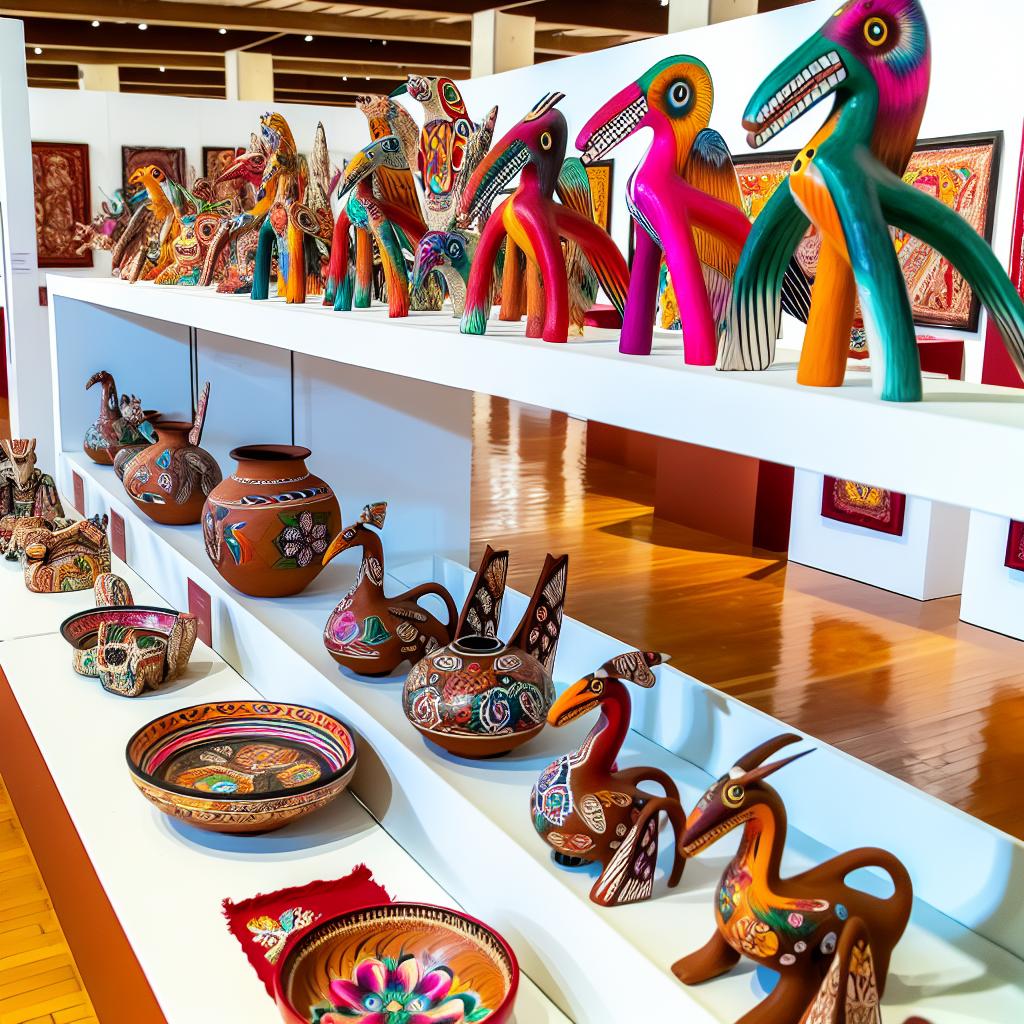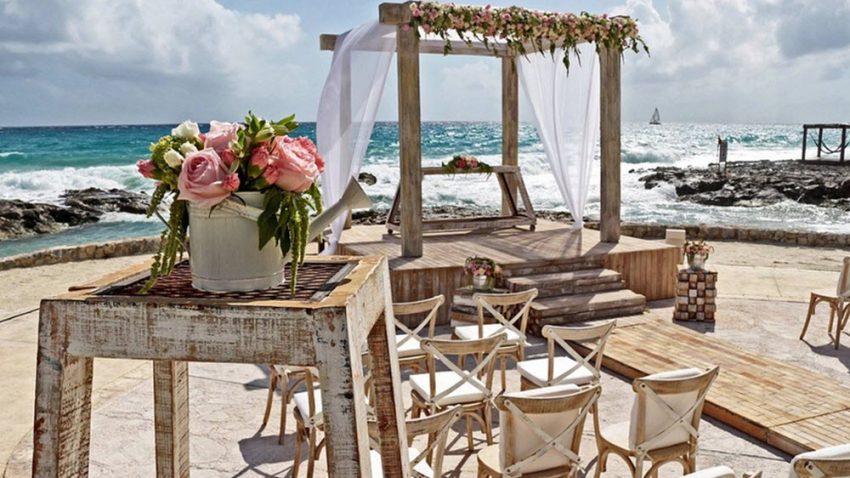Symbolism in Mexican Art and Crafts
Mexican art and crafts are renowned for their rich tapestry of symbols, each imbued with deep cultural, historical, and spiritual meaning. This symbolic tradition is not only a testament to the country’s diverse influences over the centuries but also a reflection of its vibrant cultural identity.
Pre-Columbian Heritage
Understanding the roots of symbolism in Mexican art requires a journey back to Pre-Columbian times. The indigenous civilizations that flourished in the region, including the Aztec, Maya, and Olmec, utilized art as a powerful vehicle to express their religious beliefs and cosmological views.
One prominent example is the figure of the serpent, a central symbol in myriad art forms. This creature is emblematic of *Quetzalcoatl*, a deity revered as the feathered serpent associated with creation, civilization, and knowledge. Serpents were not only depicted in stone carvings and codices but were also pivotal in ritualistic contexts, representing a bridge between the earthly and the divine.
Additionally, masks, ceramics, and sculptures from these periods frequently incorporated such symbols. These pieces functioned on multiple levels: as objects of beauty, as religious paraphernalia, and as storytelling devices that conveyed complex narratives about life, death, and cosmology.
Spanish Influence and Syncretism
With the advent of the Spanish conquest, Mexican art entered a new era of symbolism that saw the blending of old and new worlds. The colonial period initiated a syncretic fusion where indigenous practices and symbols began to intertwine with the newly introduced European, predominantly Christian, iconography.
A compelling illustration of this fusion is the figure of the Virgin of Guadalupe. Advocating Mexican identity and independence, she serves as a symbol where Marian imagery confluences with indigenous elements. Her depiction often includes symbolic features reminiscent of the pre-existing earth goddess *Tonantzin*. Such integration was not just a mere stylistic choice; it represented a strategic synthesis allowing for the preservation of indigenous identity amidst colonial pressure.
Artisans and creators during the colonial period found innovative ways to incorporate these dual influences, weaving intricate symbols into the fabric of daily life and high art alike. This blend is evident in the architecture, murals, and religious art produced during this time, creating a unique visual language that honored both Hispanic and indigenous traditions.
Contemporary Mexican Art
In the contemporary period, the heritage of symbolism in Mexican art continues with vigor. Modern Mexican artists frequently draw on traditional symbols, merging them with new themes to create art that speaks to today’s social, political, and personal landscapes.
Artists such as Diego Rivera and Frida Kahlo have been exceptional in using indigenous symbols to craft potent messages. Rivera’s murals, for instance, are rife with symbolism drawn from Mexican history and culture, employed to address social justice and the working class’s plight. Frida Kahlo went inward, using symbols like monkeys, hearts, and plants, each laden with personal and cultural significance, to explore themes of identity, gender, and postcolonialism.
The legacy of these artists demonstrates how deeply imbued these symbols are in the Mexican conscience. They, along with others, have inspired countless contemporary artists who continue to employ traditional symbolism in ways that reflect current societal issues, thus ensuring the continuity of a cultural dialogue that spans centuries.
Traditional Crafts and Symbolism
Beyond fine art, traditional Mexican crafts are yet another realm where symbolism holds an esteemed place. Crafts like textiles, pottery, and jewelry are not mere aesthetic pursuits; they are cultural artifacts that capture the essence of centuries-old symbolic languages.
Pottery from Mexico often features the motif of the Tree of Life, a symbol representing creation, fertility, and interconnectivity. This motif can be traced back to indigenous cosmology, where it delineates the axis mundi – the connection between the heavens, earth, and underworld.
Similarly, in the realm of textiles, motifs such as the jaguar dominate. In indigenous cultures, the jaguar represents strength and mysticism, drawing from the animal’s revered status in the dense tropical jungles where these cultures thrived. Textile artisans embed these symbols into their fabrics, creating garments that are not just worn but are celebrated for their narrative quality and cultural prestige.
Embroidery, as another facet of textile art, often incorporates plants, animals, and celestial symbols, each selected for its specific meaning or ceremonial importance. Such crafts are living traditions, with their symbols evolving as they interact with contemporary styles and global influences.
For enthusiasts eager to delve deeper into Mexican symbolism, visiting artisan markets or museums specializing in Mexican folk art offers a tangible insight. These venues are gateways to understanding how symbolism operates not just as a historical relic but as a dynamic force shaping Mexico’s cultural topography. Institutions like the Mexican Art Museum further illuminate how these symbols have traversed time, adapting and persisting as integral elements of Mexican identity.
In summary, the symbolism found in Mexican art and crafts provides a profound lens for interpreting the nation’s historical and cultural trajectory. It continues to captivate and inspire, offering artists and artisans a means to engage with the complexities of contemporary life while remaining tethered to a rich and multifaceted past.







